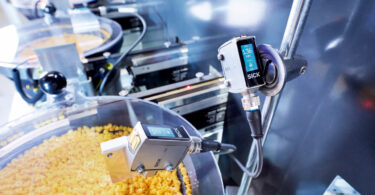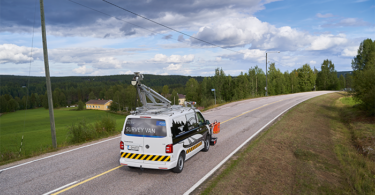Automated Object Identification Expands Retailers' Impact on the Market
The world of retail is continuously changing and becoming increasingly complex. And in the age of COVID-19, the retail industry has changed more than it ever has before. Consumer demand has increased exponentially for online shopping and home delivery options. This can impact retailers’ ability to keep up with the demand in distribution centers and warehouses.
Intelligent sensor technology can help to improve production and logistics processes for the retail industry. Thus contributing to increased value creation within the market. SICK sensors can be integrated into any system environment, offering a high degree of investment security. We’re highlighting five applications for intelligent sensor solutions that contribute to a fast, efficient, and economical supply chain in a series of blog post. In this first blog post, we discuss automatic identification solutions.
Object Identification of Incoming and Outgoing Goods with RFID Technology
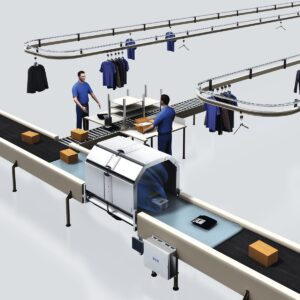
Object identification plays an important part in a facility’s ability to run smoothly. With RFID technology, acquiring data during the picking phase or the incoming/outgoing goods phase can be done in a fraction of a second. The RFMS Pro track and trace system allows for fully automated object identification without any interruption to material flow. The system consists of RFID read/write devices for identification of objects, a central control unit with an integrated assignment algorithm for RFID tags, and an incremental encoder for the detection of object position on the conveyor. As a result, the RFMS Pro provides complete transparency throughout the supply chain and gives retailers the ability to maintain a high throughput.
RFID technology also provides reliable tote identification, even under adverse ambient conditions. Using technology like the RFU62X, these compact devices are optimized for logistics applications with an exceptional read rate, even if totes are close together. RFID is optimized for logistics with an integrated antenna and a definable reading field that ensures RFID transponders are correctly assigned. And the technology can be easily integrated into industrial networks, making implementation simple.
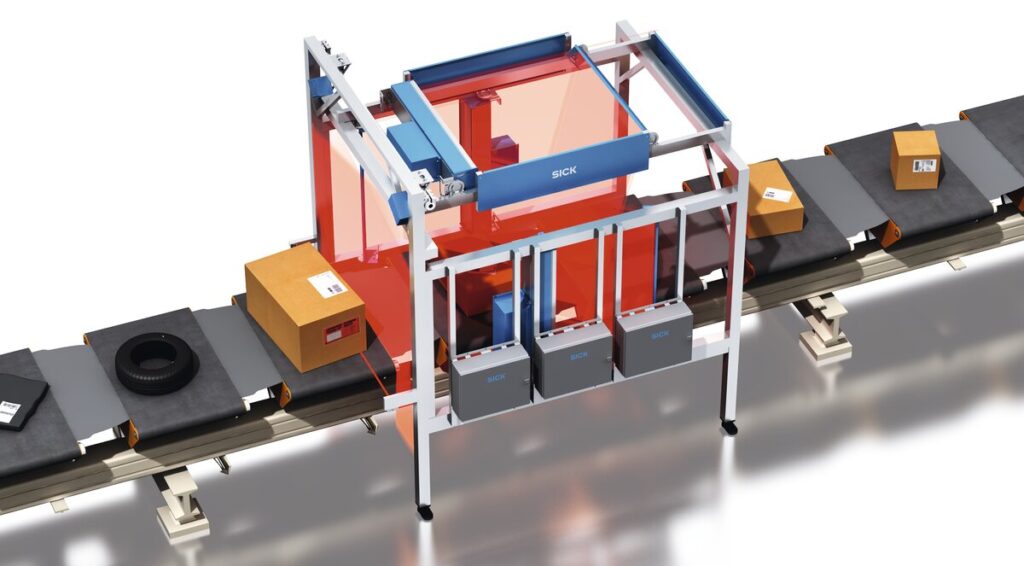
Camera-Based Object Identification
Automatic identification is not bound by the limits of the RFID technology, however. SICK has found various applications for automatic identification using camera-based technology. Track and trace systems such as the ICR89X allow for omnidirectional reading of codes on sorter systems by using multiple high-resolution cameras. The system is suitable for 1D, 3D, and ZIP codes as well as image acquisition for optical character recognition (COR) and video coding (VC). With a large reading field of up to 1,200mm, retailers gain excellent read rates, even in the case of partially damaged codes or poor quality labels. This can even be beneficial in the use of detecting dangerous good symbols.
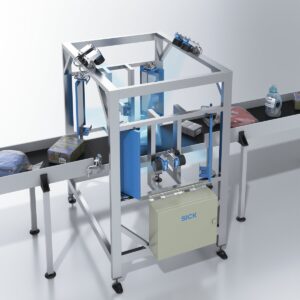 In addition to the ICR89X, quick and easy product identification can now be automated using the Lector65X track and trace system. It is designed for optimum throughput and maximum read rates at high belt speeds, even with small gaps between objects. It uses the Lector65X 2D vision camera for the quick reading of polybags, objects with different surfaces, and even nearly black objects. It can also be combined with the ICR system, volume measurement systems, fixed mount bar code scanners, and weigh scales to allow for even more capabilities and transparency.
In addition to the ICR89X, quick and easy product identification can now be automated using the Lector65X track and trace system. It is designed for optimum throughput and maximum read rates at high belt speeds, even with small gaps between objects. It uses the Lector65X 2D vision camera for the quick reading of polybags, objects with different surfaces, and even nearly black objects. It can also be combined with the ICR system, volume measurement systems, fixed mount bar code scanners, and weigh scales to allow for even more capabilities and transparency.
Camera technology can also be used for omnidirectional barcode reading for tote identification. A high throughput and reliable and smooth flow are at the core of every package conveyor. And this is primarily accomplished by the automated identification of totes enabled by compact image-based code readers. The Lector series reliably detects omnidirectional 1D and 2D codes as well as stacked codes, even if the codes may be defective, contaminated, or low contrast.
![]() Want to learn more about automated object identification solutions? Contact a SICK representative today! And don't miss the next article in this blog series where we discuss how dimensioning and weighing systems can help retailers optimize storage.
Want to learn more about automated object identification solutions? Contact a SICK representative today! And don't miss the next article in this blog series where we discuss how dimensioning and weighing systems can help retailers optimize storage.




